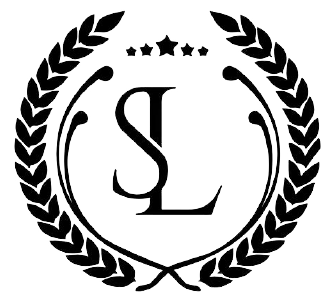What are the complication of third stage of labour?
What are the complication of third stage of labour?
All women who deliver are at risk of complications in the third stage of labor. These complications include PPH, retained placenta, and uterine inversion. Others include conditions that commonly manifest for the first time during the third stage (eg, placenta accreta and its variants).
What is fetal axis pressure?
Fetal axis pressure During each contraction the uterus rises forward and the force of the fundal contraction is transmitted to the upper pole of the fetus and down the long axis of the fetus, and applied by the presenting part to the cervix.
What marks the end of the third stage of labour?
Delivery of the placenta marks the end of the third stage of labour. At this time the uterus should be hard, round and movable when you palpate the abdomen.
What are the stages of labour PDF?
stage of labor is divided into three phases: (1) Latent (early) or prodromal. (2) Active or accelerated. (3) Transient or transitional.
What is third stage of labor?
The third stage of labor is the time from the delivery of the infant until delivery of the maternal placenta. 1 The natural course of this final stage of childbirth involves cessation of umbilical cord pulsation, separation of the placenta from the uterine wall, and passage of the placenta through the birth canal.
What are the complications of first stage of labour?
Problems in the first stage of labour include: pain due to dilation of the cervix and stretching the lower part of the uterus, fear and fetal distress. Different maternal positions are appropriate for each phase and stage of labour.
What is active management of third stage of labour?
Active management of third stage involves three components: 1) giving a drug (a uterotonic) to help contract the uterus; 2) clamping the cord early (usually before, alongside, or immediately after giving the uterotonic); 3) traction is applied to the cord with counter‐pressure on the uterus to deliver the placenta ( …
What is retracting ring?
A ridge sometimes felt on the uterus above the pubes, marking the line of separation between the upper contractile and lower dilatable segments of the uterus.
How do you manage third stage of labour?
Active management of the third stage of labor involves prophylactic uterotonic treatment, early cord clamping and controlled cord traction to deliver the placenta. (2) Oxytocin is the first agent of choice for PPH prophylaxis because of its high efficacy and a low incidence of associated side effects.
What happens in the three stages of labour?
Labour has three stages: The first stage is when the neck of the womb (cervix) opens to 10cm dilated. The second stage is when the baby moves down through the vagina and is born. The third stage is when the placenta (afterbirth) is delivered.
What is the third stage of labor?
What are the 3 stages of labor?
Labour has three stages:
- The first stage is when the neck of the womb (cervix) opens to 10cm dilated.
- The second stage is when the baby moves down through the vagina and is born.
- The third stage is when the placenta (afterbirth) is delivered.
What are the complications of the third stage of Labour?
Sign up for a Scribd free trial to download now. complcations of third stage of labour, includes PPH, Inversion of uterus, retained placenta, placenta accreta, increta, percreta, amniotic fluid embolism 1. COMPLICATIONS OF THIRD STAGE OF LABOUR
What is the third stage of labor according to nanisah zainoran?
COMPLICATIONS OF 3RD STAGE OF LABOR By NUR HANISAH ZAINOREN 2. Time from the birth of the baby to the expulsion of the placenta and its membrane Events: – Placental separation – Descent to lower segment – Expulsion with membrane. 3rd STAGE OF LABOR
Does active management of third stage of labor increase postpartum hemorrhage?
Active Management of Third Stage of Labor – Increases risk of postpartum hemorrhage (PPH) 6. Active Management of Third Early suckling and postpartum haemorrhage: Controlled trial in deliveries by | PowerPoint PPT presentation | free to view Female pelvis. Fetus as the object of labor. – Female pelvis. Fetus as the object of labor.
What are the 3 main complications of postpartum hemorrhage?
Important 3rd stage complication Postpartum hemorrhage Retention of placenta Shock Pulmonary embolism Uterine inversion 4. AVERAGE BLOOD Vaginal delivery 500mL Cesarean delivery 1000mL Cesarean hysterectomy 1500mL 5. POSTPARTUM HEMORRH AGE 6. DEFINITION • Quantitative (WHO): Amount of blood loss in excess of 500mL following birth of baby. 7.
